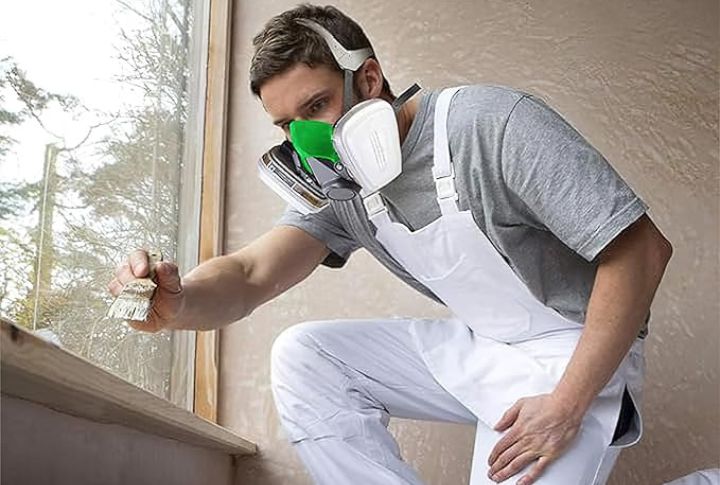
Generally, older homes, particularly those built before the 1980s, may likely contain lead paint. As we all know, lead can be harmful to all people, particularly seniors, young children, and pregnant women. And this just emphasizes getting rid of it safely so you are not afraid of potential health risks due to contamination. We are here to discuss some vital steps to help you safely remove lead paint and protect your family from harm.
Learn About the Hazards of Lead

Deteriorating lead paint can flake, chip, or crumble into fine dust, easily dispersed through the air and settling on surfaces throughout a home. Children exposed to lead may experience stunted growth, delayed development, learning difficulties, and behavioral problems. Pregnant women face additional risks, as it can affect fetal development.
Test for Lead Paint
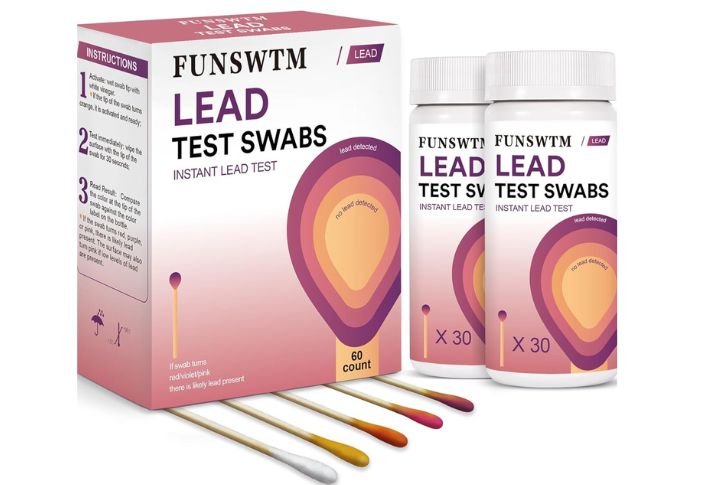
Before starting, it’s necessary to test for the presence of lead. You can find several lead paint testing kits at any local hardware store or hire a certified inspector. These tests help identify lead on surfaces like walls, trim, and windows. Confirming its presence ensures you take the appropriate precautions.
Choose a Professional
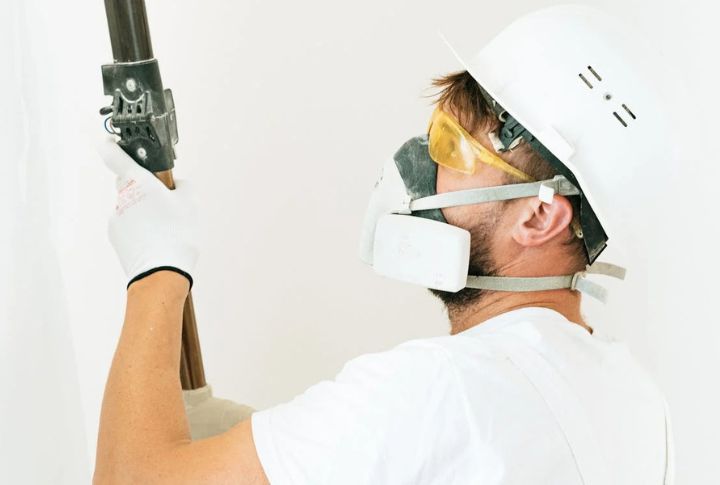
Hiring a professional is essential for safe lead paint removal. Look for contractors who are EPA-certified and have experience handling older homes. Certified contractors adhere to strict regulations and safety guidelines, ensuring the removal process meets legal requirements and minimizes the risk of contamination in your home.
Develop a Customized Removal Plan

Your contractor will create a customized lead paint removal plan tailored to your home’s needs. The plan typically includes identifying the areas needing attention, outlining the removal methods suitable for your home, and discussing potential risks and timelines. A clear strategy ensures the removal process is safe and thorough.
Suiting Up for Safety
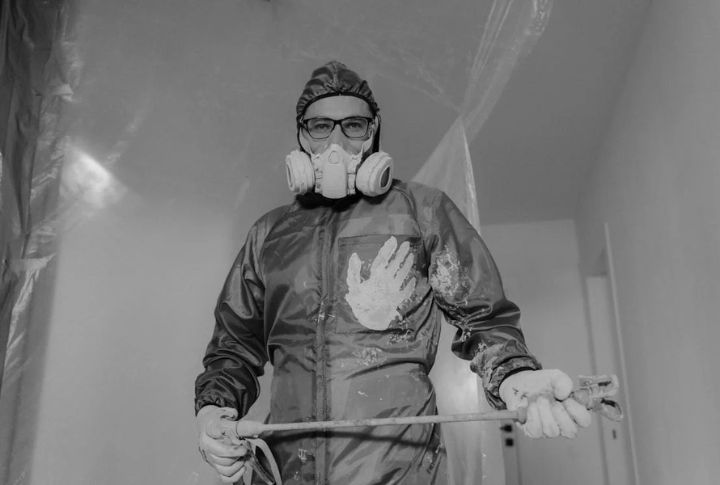
When lead removal specialists arrive at your home, they come prepared with top-of-the-line protective gear. Dressed in special suits and respirators and equipped with advanced tools, they are ready to tackle the task. Their gear isn’t just for show; it also protects your family from dangerous lead particles.
Prepare the Area for Removal
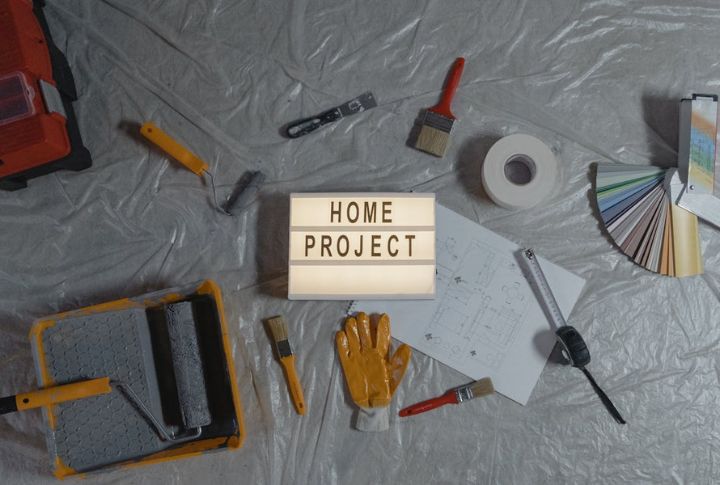
Before starting, experts will seal off the area to contain dust and debris. They use heavy-duty plastic sheeting to cover floors, doorways, and windows to prevent harmful particles from spreading to other parts of your home. This step is required to minimize lead exposure and keep your living space safe.
Set Up Air Filtration Systems
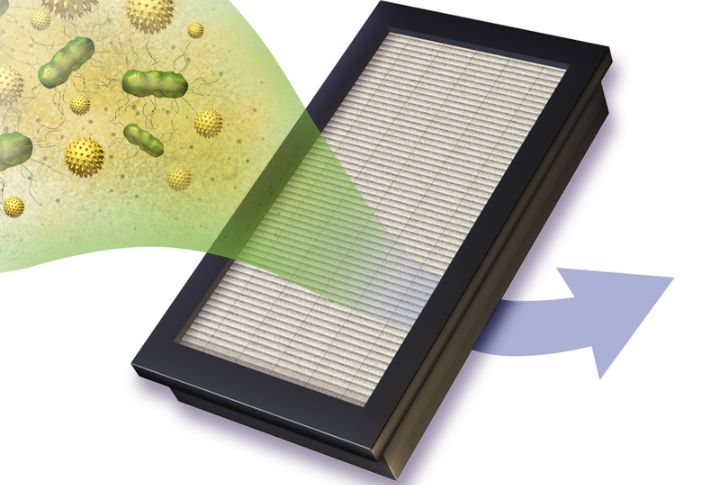
People trained in removing lead paint install specialized air filtration systems to capture airborne lead particles. These high-efficiency filters can remove up to 99.97% of dust and contaminants from the air, ensuring that harmful lead particles don’t spread. It’s necessary to maintain clean air quality during and after this process.
Use Chemical Paint Removers
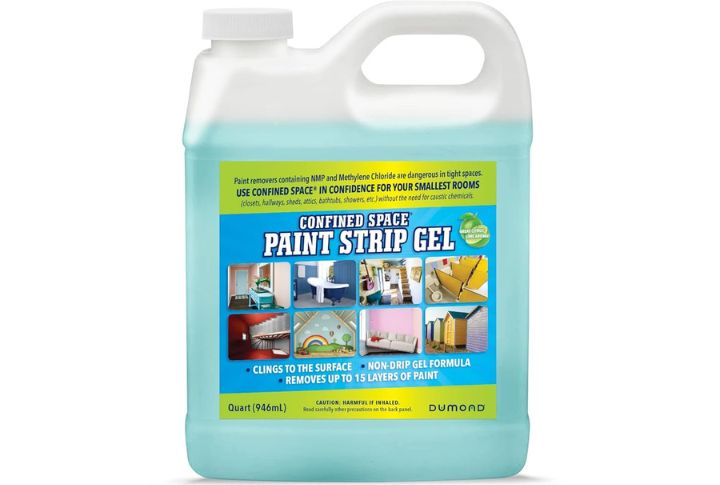
Another method specialists use to remove lead paint is applying chemical paint removers meant to deal with lead. These removers safely soften the paint and allow it to come out without producing harmful dust. Your hired contractor will know how to apply the chemicals correctly and safely to minimize exposure while effectively removing lead-based paint.
Using Infrared Technology
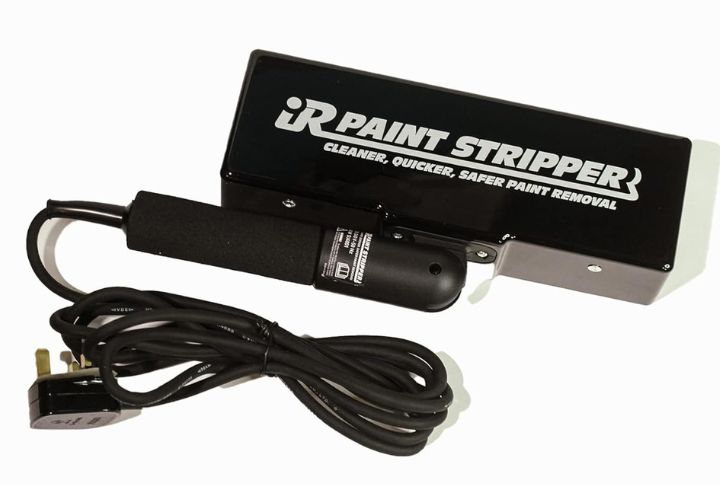
Infrared technology is changing the game in lead removal. These devices heat the paint and cause it to bubble and lift away from surfaces without making hazardous dust. This method is cleaner and more efficient, and it keeps the original surfaces intact. The harmful lead paint simply melts away.
Encapsulation of Lead Paint
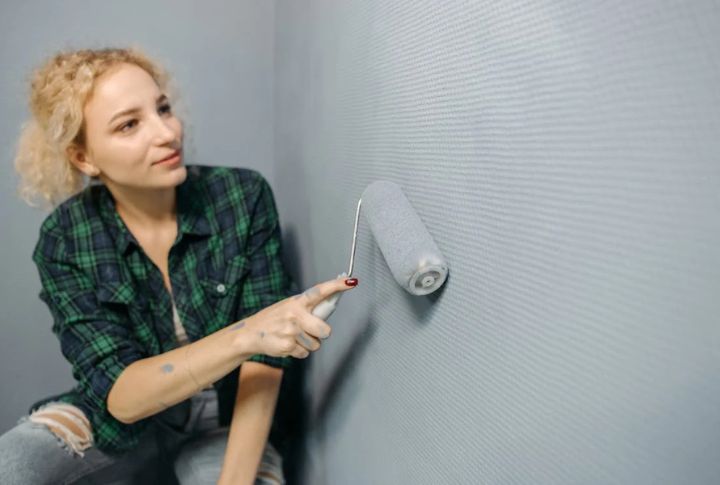
Sometimes, specialists may choose to encapsulate lead paint rather than remove it entirely. Encapsulation involves applying a special sealant that creates a barrier between the lead paint layer and your home’s environment. This effectively contains the lead. This method is less invasive than removal but requires professional expertise to apply the sealant correctly.
Use Vacuum Cleaners for Cleanup
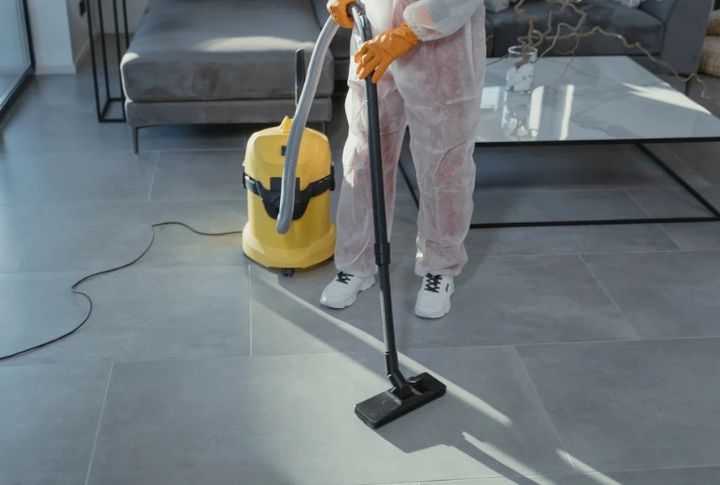
Once the procedure of removing lead paint concludes, professionals rely on HEPA vacuums to clean up dust and debris. These vacuums capture small lead particles, preventing them from being released back into the air. Thorough cleanup using HEPA vacuums ensures that no harmful residues remain in your home after completing the project.
Thorough Washing
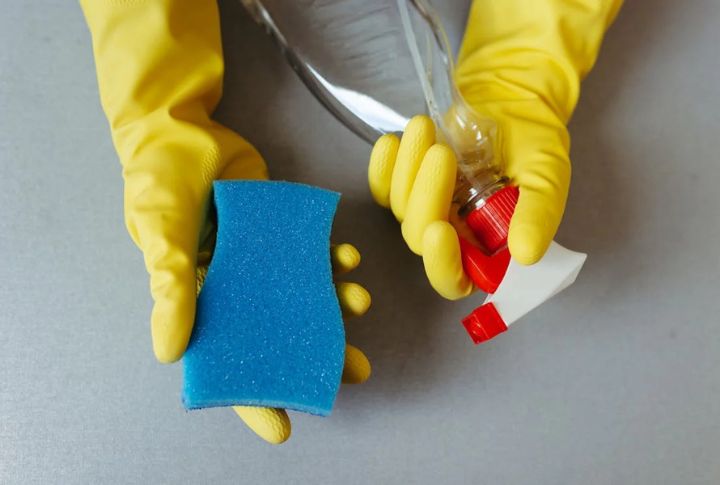
As soon as the removal process is over, the professionals will begin a deep and thorough cleaning process. Using special detergents and techniques, trained professionals wash every surface not just once but thrice! This thorough cleaning eliminates even the tiniest lead particles to make your home safe.
Safe Disposal of Lead Paint Waste
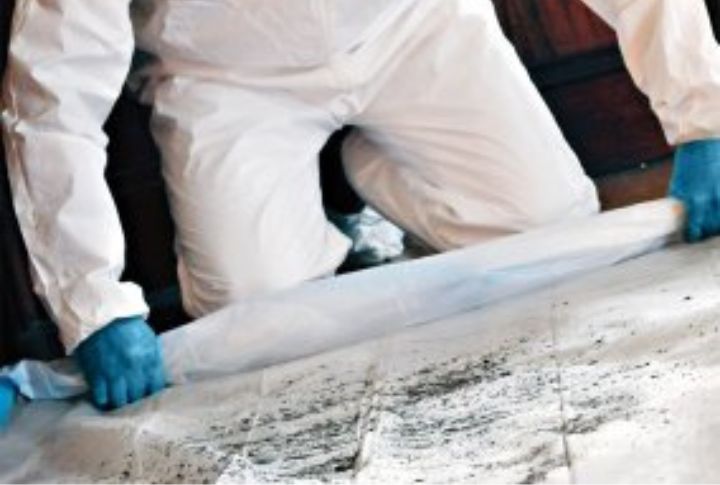
Proper disposal of lead-contaminated materials is vital. Your contractor will follow local hazardous waste disposal regulations to safely remove and discard paint chips, plastic sheeting, and other contaminated items. Lead waste differs from regular garbage, so proper disposal is necessary to avoid environmental contamination and fines.
Conducting Clearance Testing

After removal, certified professionals conduct clearance testing to verify that the area is lead-free. This process involves collecting dust samples from floors, windowsills, and other surfaces. The samples are then sent to a lab to ensure no hazardous lead particles remain. Clearance testing confirms that your home is safe for reentry.
Address Lead in Other Areas

Lead is present in paint, soil, water pipes, and dust. Professionals often recommend addressing these other sources to ensure your home is lead-safe. For instance, replacing old lead pipes and checking soil near your home’s foundation can further reduce your risk of exposure.

